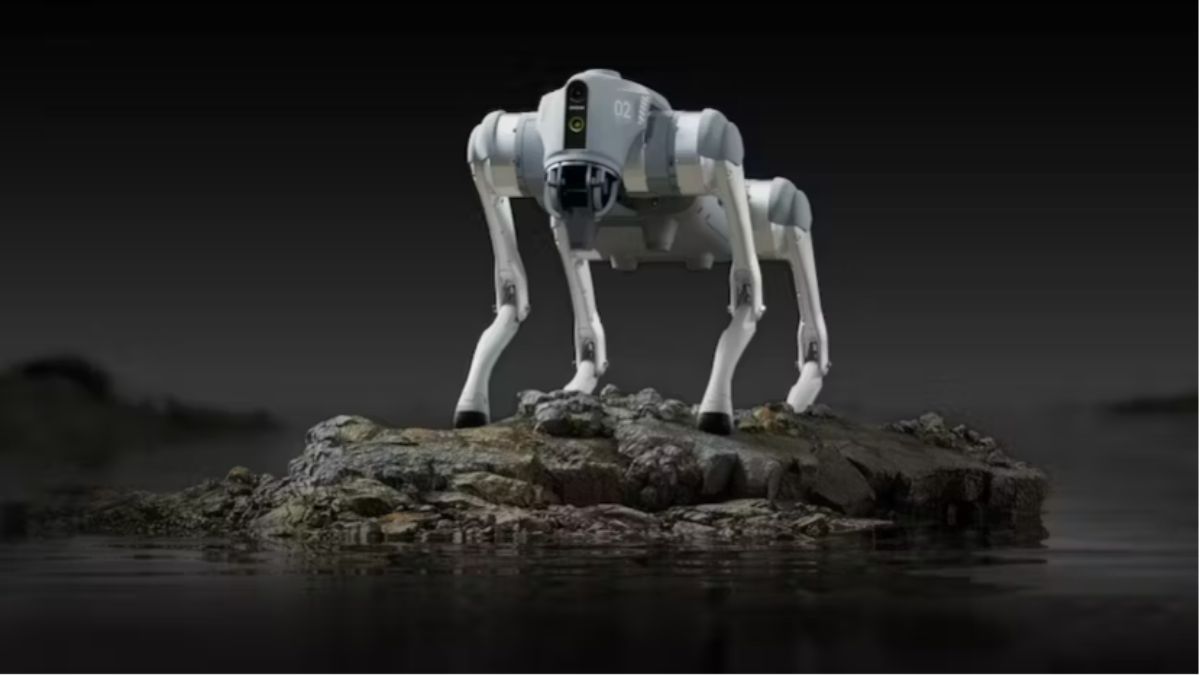
Image credit : Hackster.io ...
news-extra-space

 The two planet-debris-polluted stars were also examined by the researchers, who discovered that one was abnormally blue and the other was the weakest and reddest star ever discovered in the neighboring galactic region.
The "red" star WDJ2147-4035 is around 10.7 billion years old, and it took 10.2 billion years for it to cool as a white dwarf, according to spectroscopic and photometric data from GAIA, the Dark Energy Survey, and the X-Shooter instrument at the European Southern Observatory.
By examining the spectra from WDJ2147-4035 and identifying the presence of the metals sodium, lithium, and potassium as well as potential evidence of carbon accretion, the researchers produced the oldest metal-polluted white dwarf finding to date.
The second "blue" star, WDJ1922+0233, was contaminated by planetary debris with a makeup similar to the continental crust of Earth and is only somewhat younger than WDJ2147-4035.
The research team came to the conclusion that WDJ1922+ 0233's strangely blue color, despite its frigid surface temperature, is due to its mixed helium-hydrogen atmosphere.
The two planet-debris-polluted stars were also examined by the researchers, who discovered that one was abnormally blue and the other was the weakest and reddest star ever discovered in the neighboring galactic region.
The "red" star WDJ2147-4035 is around 10.7 billion years old, and it took 10.2 billion years for it to cool as a white dwarf, according to spectroscopic and photometric data from GAIA, the Dark Energy Survey, and the X-Shooter instrument at the European Southern Observatory.
By examining the spectra from WDJ2147-4035 and identifying the presence of the metals sodium, lithium, and potassium as well as potential evidence of carbon accretion, the researchers produced the oldest metal-polluted white dwarf finding to date.
The second "blue" star, WDJ1922+0233, was contaminated by planetary debris with a makeup similar to the continental crust of Earth and is only somewhat younger than WDJ2147-4035.
The research team came to the conclusion that WDJ1922+ 0233's strangely blue color, despite its frigid surface temperature, is due to its mixed helium-hydrogen atmosphere.
Leave a Reply






